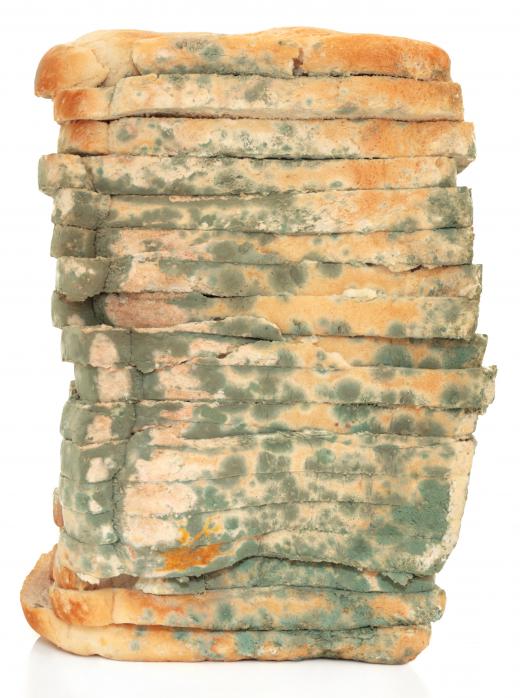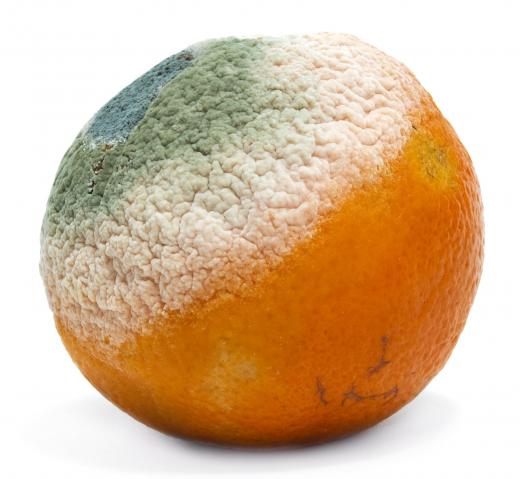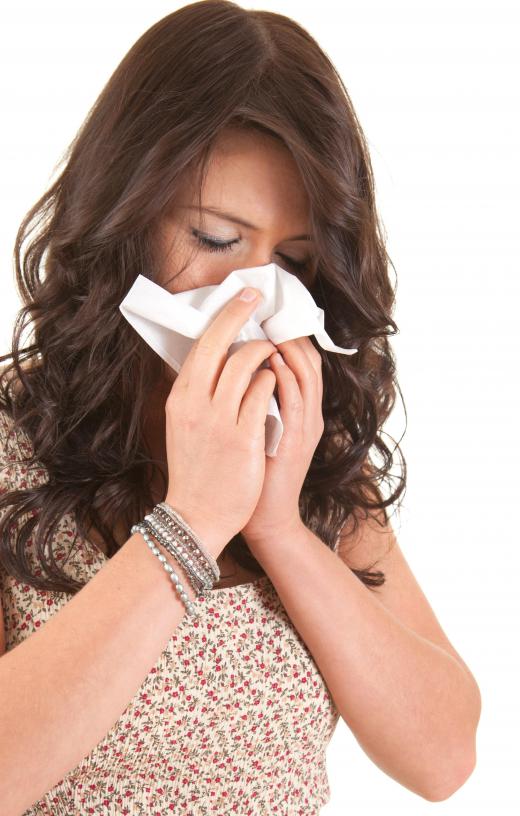What are Mold Spores?
Mold spores are the tiny, microscopic reproductive structures produced by mold. They float in the air and can be found both indoors and outdoors. They require moisture to germinate and begin growing into new mold. Mold can't be prevented outdoors, but due to the damaging effects to household surfaces and health issues, efforts should be taken to prevent the growth of mold from mold spores indoors. When mold is found indoors, it should be killed and removed immediately to prevent potentially serious health problems.
Mold is able to reproduce and multiply by producing microscopic spores that function in a manner similar to the seeds produced by plants. They are invisible to the naked eye and so minuscule that thousands could fit on the head of a pin. They float in the air like dust and are so tiny and light that the smallest movement of air can carry them quite far. Present both indoors and outdoors, the concentration of mold spores in the air varies depending on the season and other conditions, but there are always some present. They are impossible to eliminate completely, even indoors, because of their microscopic size.

Mold spores can float through the air for a while, but eventually they end up landing on available surfaces. If the surface is dry and inhospitable for growth, this is the end of their journey. It the surface the spores land on has moisture and nutrients to sustain life, the mold spores will germinate and begin to grow into new mold, also referred to as mold bloom. Almost any surface that contains organic material will contain the necessary nutrients; examples include paper, wood, food, soil, and cloth. The moisture levels don't need to be high to be adequate for growth; a little condensation or residual dampness can be enough.

When mold spores land on a surface and begin growing, they digest available nutrients from the surface. This digestive process slowly destroys the host surface, damaging furniture, walls and other structures in the indoor environment. When mold is detected, it is important to completely remove all signs of the growth; hard surfaces may be cleaned with a strong detergent or bleach and absorbent surfaces should be removed and replaced. In addition to clean-up, it's also vital to locate and control the source of moisture to prevent re-growth.

Health problems can be caused by touching mold or by inhaling the mold spores, and issues can range in severity from mild to severe. Mold produces a variety of irritants and allergens, including toxic substances known as mycotoxins. It is thought that millions of people have allergic reactions to mold; symptoms include runny nose, sneezing, itching, headache and skin irritation. More severe health problems can include difficulty breathing similar to asthma, a pneumonia-like illness called hypersensitivity pneumonitis, and a weakened immune system.
AS FEATURED ON:
AS FEATURED ON:















Discuss this Article
Post your comments